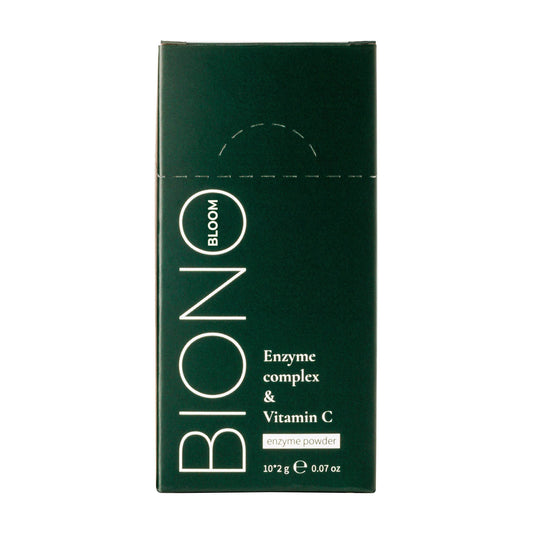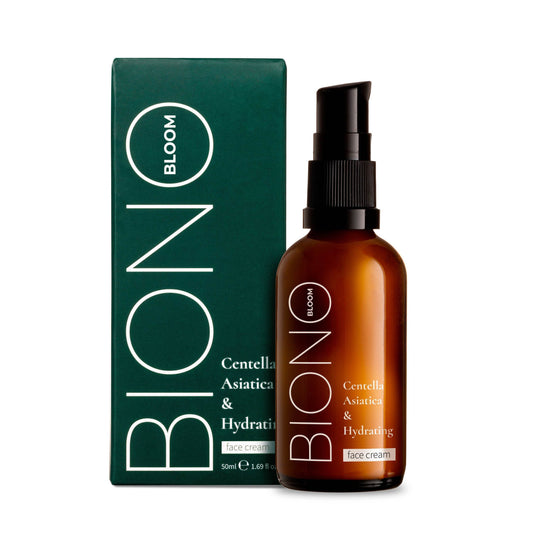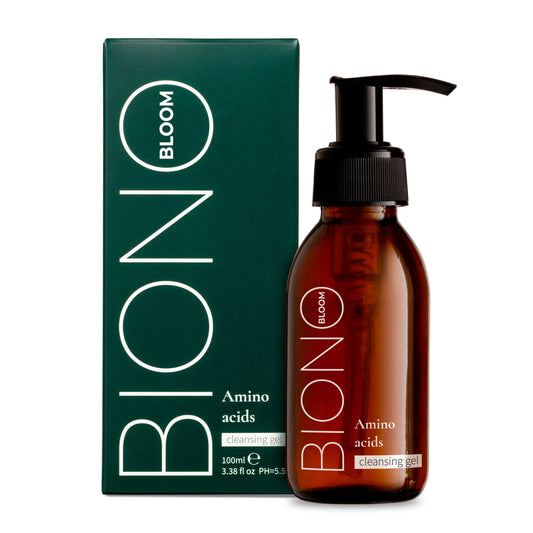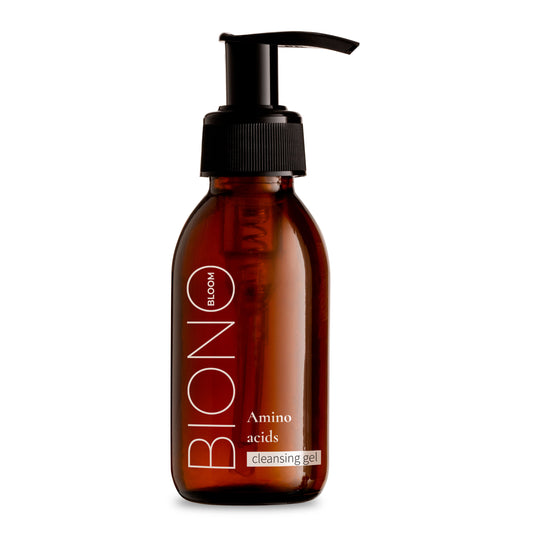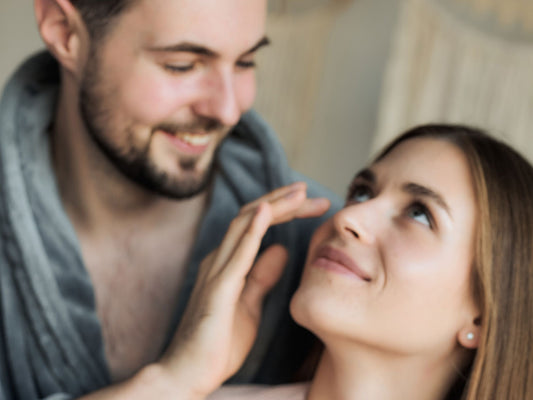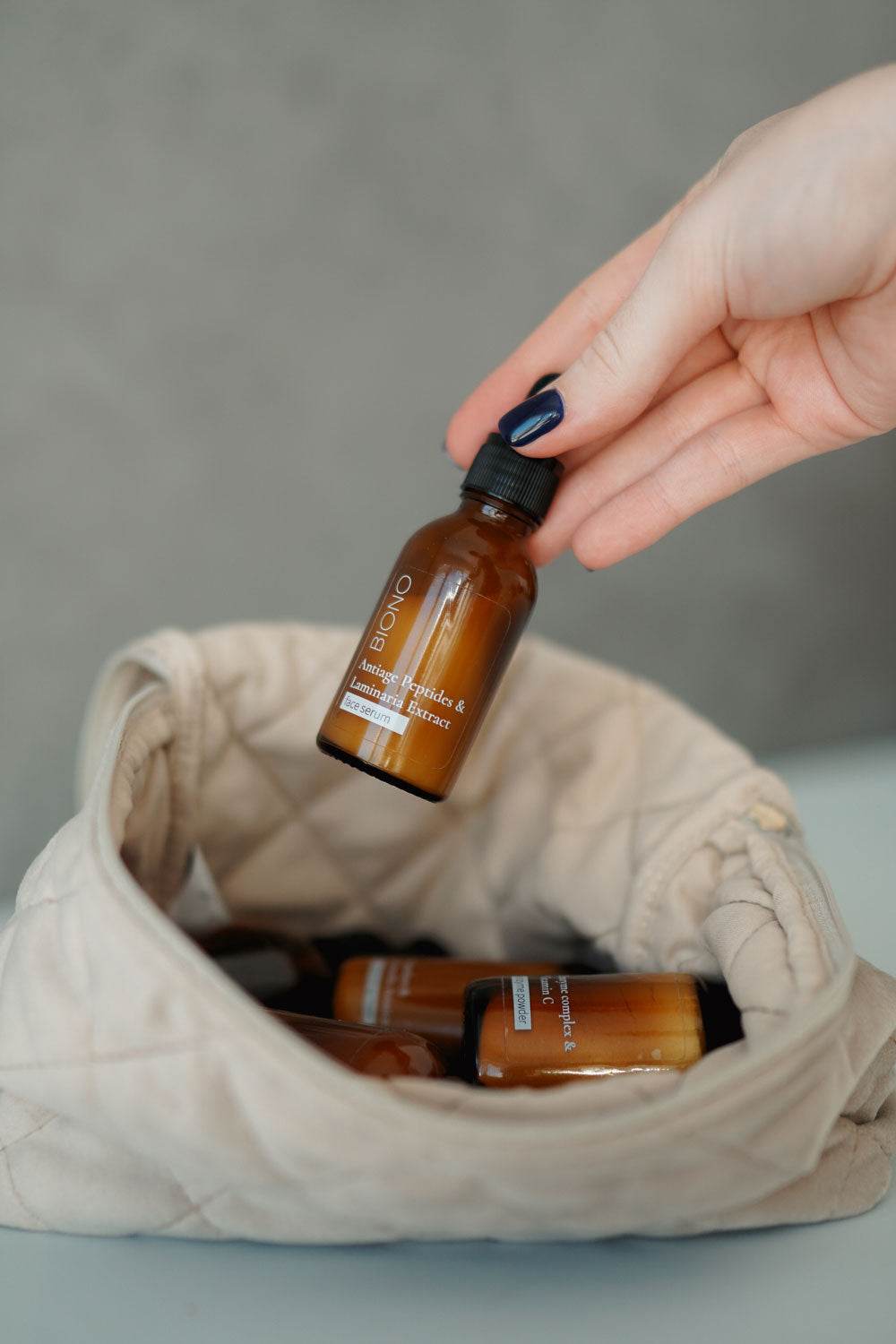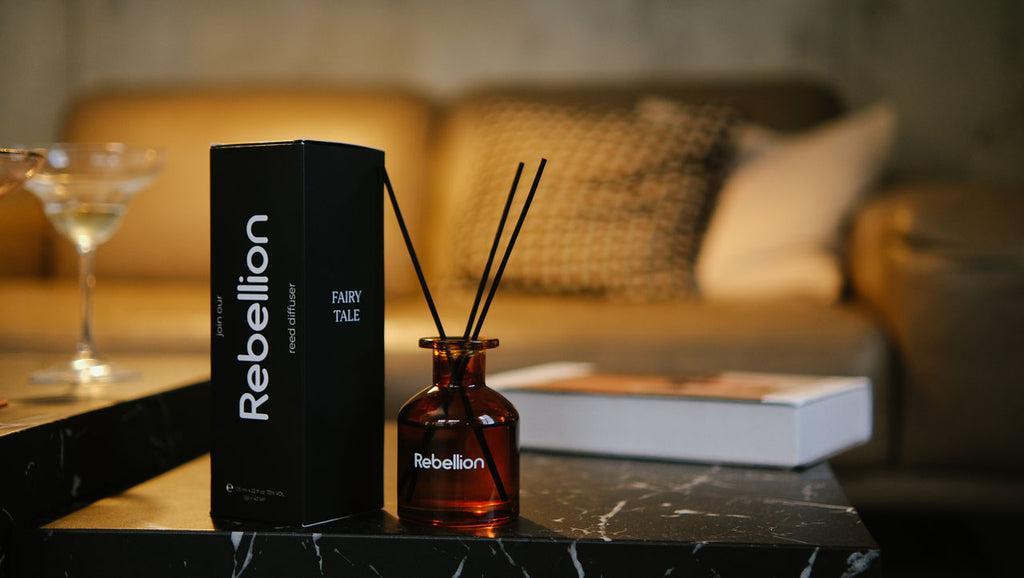
Cetearyl alcohol in cosmetics – for conscious consumers
Share
If you regularly read cosmetics labels, you've likely come across a mysterious ingredient called Cetearyl Alcohol. Despite the word "alcohol" in the name, this ingredient has nothing to do with the drying spirits we know from perfumes or toners. Quite the opposite – cetearyl alcohol is one of the most nourishing ingredients, improving the texture of cosmetics and soothing the skin. In this article, we'll dispel any doubts about this popular ingredient and explain why it deserves a place in your makeup bag.
What is cetearyl alcohol and where does it come from?
Cetearyl alcohol is a fatty cosmetic alcohol derived from natural plant raw materials, primarily coconut or palm oil. Unlike simple alcohols such as ethanol or isopropanol, which have a liquid consistency and a drying effect, cetearyl alcohol is a solid, waxy substance with moisturizing properties. This difference in chemical structure is responsible for its completely different effect on the skin.
This ingredient is produced through the hydrogenation of plant-derived fatty acids. This makes cetearyl alcohol fully acceptable, and even desirable, in natural and organic cosmetics . Certified organic cosmetics often use this ingredient as an alternative to synthetic emulsifiers and thickeners. It's worth noting that it's a mixture of two fatty alcohols: cetyl and stearyl, which complement each other's properties.
According to the INCI (International Nomenclature of Cosmetic Ingredients) nomenclature, this ingredient always appears on labels as "Cetearyl Alcohol" or "Cetostearyl Alcohol." Its safety has been confirmed by numerous regulatory bodies worldwide, including the Cosmetic Ingredient Review Expert Panel, which deemed it safe for current cosmetic applications. It's an ingredient with a documented history of use spanning decades.

Why "good alcohol" doesn't dry out your skin
Understanding the difference between alcohols is crucial for making informed cosmetic choices. Cetearyl alcohol belongs to the group of fatty alcohols, which are completely different from the simple alcohols used for disinfection. While ethyl or denatured alcohol quickly evaporates from the skin, taking moisture with them and destroying the hydrolipid barrier, fatty alcohols remain on the skin's surface, creating a protective occlusive layer.
The mechanism of action of cetearyl alcohol involves creating a delicate film on the skin that prevents transepidermal water loss (TEWL). This film does not clog pores or cause a feeling of heaviness—it is so delicate that the skin can breathe freely. Dermatological studies confirm that regular use of cosmetics with cetearyl alcohol improves skin hydration by 15-25% compared to products without this ingredient. This is especially important for people with dry, dehydrated, or irritated skin.
Cetearyl alcohol has a therapeutic effect on sensitive skin. Its softening and soothing properties help regenerate the damaged protective barrier, which is the foundation of healthy skin. Dermatologists often recommend products containing this ingredient to patients with atopic dermatitis, psoriasis, and eczema. Unlike simple alcohols, which can cause irritation and itching, cetearyl alcohol soothes these symptoms and supports the healing process.
Functions of cetearyl alcohol in cosmetic formulations
In the world of cosmetics, cetearyl alcohol plays a true multitasker, combining several important functions. Primarily, it acts as an emulsifier—a substance that allows for the permanent bonding of the water and oil phases in creams and lotions. Without emulsifiers, it would be impossible to create a stable emulsion that wouldn't separate into two layers after a few days. This fatty alcohol creates a micellar structure in which oil droplets are evenly dispersed throughout the water phase, giving the cosmetic a uniform texture.
Another important function is thickening and providing consistency to products. Cetearyl alcohol in cosmetics is responsible for a creamy, velvety texture that allows the product to spread easily and absorb quickly. Cosmetics without this ingredient are often too liquid or, conversely, too heavy and greasy. The right proportion of fatty alcohols determines whether a cream is light like a mousse or rich like a body butter. Cosmetic manufacturers value this ingredient for its predictability and ease of formulation.
Additionally, cetearyl alcohol stabilizes the entire cosmetic formula, extending its shelf life and preventing separation of ingredients. In skincare products, it also serves a conditioning function—smoothing the skin and hair, creating a silky coating. In hair care products, this ingredient facilitates combing, reduces frizz, and adds shine without weighing down strands. That's why you'll find it in most professional conditioners and hair masks.

What cosmetics contain cetearyl alcohol?
The range of uses for this ingredient in cosmetics is truly impressive. Virtually every category of skincare product may contain cetearyl alcohol, although its concentration and function may vary depending on the type of cosmetic. Let's take a look at the most common products in which this ingredient plays a key role.
Facial care products:
- Day and night moisturizing creams – cetearyl alcohol gives them a rich texture and enhances the moisturizing effect
- Makeup bases and BB/CC creams – ensures smooth application and long-lasting effect
- Anti-wrinkle creams – stabilizes active ingredients and facilitates their penetration
- Products for sensitive and atopic skin – soothes irritations and strengthens the protective barrier
Body cosmetics:
- Body lotions and milks – creates a protective layer that prevents moisture loss
- Body butters – give a thick, rich consistency without the effect of a greasy film
- Hand creams – protect against the negative impact of external factors
Hair care:
- Conditioners and conditioning masks – facilitates combing and reduces static electricity
- Leave-in products – smooth hair without weighing it down
- Styling Creams – Provides control and natural shine
Cetearyl alcohol is particularly noteworthy in children's cosmetics. Due to its gentleness and safety, it is often chosen by manufacturers of cosmetics intended for young children. Products such as baby lotions and diaper rash creams contain this ingredient because it does not cause allergies and effectively protects delicate baby skin. Pediatricians and dermatologists agree that cetearyl alcohol is one of the safest emulsifying ingredients for infant skin.
Safety of use and potential contraindications
Cetearyl alcohol has been safety-tested by independent scientific organizations and found to be non-toxic, non-allergenic, and safe for cosmetic use. The Cosmetic Ingredient Review (CIR) Expert Panel conducted a comprehensive evaluation of this ingredient and confirmed its safety even at concentrations of up to 25% in leave-on products. In cosmetics, concentrations are typically much lower, typically between 1% and 10%, further enhancing its safety profile.
For most users, cetearyl alcohol is completely safe and causes no adverse reactions. Dermatological studies have shown no comedogenic potential for this ingredient—in other words, it doesn't clog pores or lead to breakouts. This is especially important for those with acne-prone or combination skin, who often hesitate to use creams and lotions. Cetearyl alcohol's comedogenicity rating is just 2 on a scale of 0 to 5, classifying it as an ingredient with a low risk of clogging pores.
However, there are rare cases where some people may experience an allergic reaction to cetearyl alcohol. This mainly affects people with very specific sensitivities or existing contact allergies. Symptoms may include redness, itching, or a rash at the application site. If you notice such reactions, it is recommended to discontinue use and consult a dermatologist. It is also advisable to perform a patch test before introducing a new product into your skincare routine.

Comparison of cetearyl alcohol with other ingredients
To better understand the unique properties of cetearyl alcohol, it's worth comparing it with other popular cosmetic ingredients. Choosing the right emollient or emulsifier has a significant impact on the product's properties and its effect on the skin. Let's analyze the most common alternatives and their characteristics.
Cetearyl alcohol vs cetyl alcohol vs stearyl alcohol:
- Cetyl alcohol – lighter and less rich, absorbs faster, ideal for products for normal and combination skin. It gives cosmetics a softer texture than cetearyl alcohol.
- Stearyl alcohol – more occlusive and rich, absorbs more slowly, recommended for very dry skin. It creates a more protective layer on the skin.
- Cetearyl alcohol – a golden mean combining the benefits of both, universally applicable to most skin types. This is why manufacturers most often choose this ingredient.
When we compare cetearyl alcohol in cosmetics with other emulsifiers, the differences become even more pronounced. Synthetic emulsifiers like PEG and polysorbate are effective, but they can be too harsh for sensitive skin. Cetearyl alcohol, a natural emulsifier, is much gentler and better tolerated by reactive skin. Furthermore, unlike silicones, which create an impenetrable barrier, fatty alcohols allow the skin to breathe.
A frequently asked question concerns its comparison with glycerin, another popular moisturizing ingredient. Glycerin acts as a humectant, attracting water to the skin, while cetearyl alcohol acts as an emollient, creating a protective barrier. The best results are achieved when combining both ingredients—glycerin moisturizes and cetearyl alcohol retains moisture. Therefore, professional cosmetic formulations often feature these two ingredients working together.
Myths and truths about alcohol in cosmetics
Many myths have arisen around alcohol in cosmetics, effectively discouraging consumers from valuable products. The biggest misconception is that any alcohol in cosmetics is a bad thing that should be strictly avoided. This generalization ignores the fundamental chemical differences between different types of alcohol and leads to unfounded fears.
Myth 1: All alcohols dry out the skin.
This is the most common error in interpreting cosmetic ingredients. The truth is that only simple alcohols (ethanol, alcohol denat., isopropyl alcohol) can dry out skin at high concentrations. Cetearyl alcohol, like other fatty alcohols (cetyl, stearyl, behenyl), have the complete opposite effect – they moisturize and soften. The difference lies in the length of the carbon chain – the longer the chain, the more moisturizing the ingredient. It's like comparing water and oil – they have different names and endings, but completely different properties.
Myth 2: Cetearyl alcohol clogs pores and causes acne.
Dermatological studies clearly debunk this myth. Cetearyl alcohol has a low comedogenicity index and can be safely used even by people with acne-prone skin. Problems with breakouts are more likely due to other ingredients in the formula or the wrong product for your skin type. Many anti-acne products prescribed by dermatologists contain cetearyl alcohol precisely for its soothing and stabilizing properties.
Myth 3: Natural cosmetics do not contain alcohol.
This is not true – many certified natural and organic cosmetics contain cetearyl alcohol because it comes from natural plant ingredients. COSMOS, ECOCERT, and NATRUE certifications accept fatty alcohols as natural ingredients. This demonstrates that even in the world of natural cosmetics, a distinction is made between "good" and "bad" alcohols. "Alcohol-free" labels on cosmetics refer only to ethyl alcohol, not fatty alcohols.
How to choose cosmetics with cetearyl alcohol
Choosing cosmetics wisely means analyzing ingredients and tailoring products to your individual skin needs. Cetearyl alcohol in a well-formulated product can significantly improve its properties, but it's important to know what to look for when shopping.
The first step is to check the position of cetearyl alcohol on the INCI ingredient list. Remember that ingredients are listed in descending order of concentration – the higher the ingredient, the more of it there is in the product. If cetearyl alcohol is listed in the first third of the ingredients, it means it's a significant part of the formula and will have a noticeable impact on the texture and performance of the cosmetic. In moisturizers, the optimal concentration is usually 2-8%.
Also, pay attention to the synergy of the ingredients. The best results are achieved when cetearyl alcohol is combined with other skincare ingredients: ceramides, which strengthen the protective barrier, hyaluronic acid for deep hydration, niacinamide, which soothes irritations, and vegetable oils, which enrich the composition with unsaturated fatty acids. This combination of ingredients creates a comprehensive skincare system, where each element supports the action of the others.
Different skin types can benefit from products containing cetearyl alcohol with the appropriate concentration and ingredients. Dry and dehydrated skin will respond well to richer textures with higher concentrations of this ingredient, combined with butters and oils. Combination and normal skin will appreciate lighter formulas with lower concentrations of cetearyl alcohol, supplemented with mattifying ingredients. Even oily skin can benefit from products containing this ingredient, especially in the form of lightweight emulsions or gel-creams. The key is finding the right texture and ingredient combination.
Summary – why you should appreciate cetearyl alcohol
Cetearyl alcohol is a prime example of an ingredient that, due to a linguistic misunderstanding, is unfairly demonized by consumers. Now that you know the truth about this versatile ingredient, you can make more informed purchasing decisions and not automatically dismiss products containing "alcohol" in their ingredients. It's an ingredient that combines safety, effectiveness, and versatility—qualities valued most by every cosmetics manufacturer.
Adding cosmetics with cetearyl alcohol to your daily skincare routine can yield visible benefits – improved hydration, smoother skin texture, better protection from external aggressors, and an overall healthier complexion. This ingredient works regardless of age, skin type, or season. Whether used in summer skincare to protect against moisture loss or in winter skincare to strengthen the skin's barrier against frost, cetearyl alcohol performs flawlessly. It's time to stop fearing "alcohols" in cosmetics and start appreciating those that truly benefit our skin.


